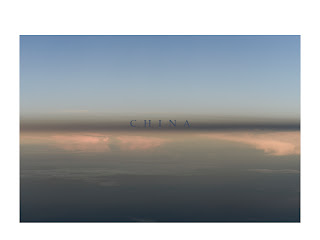Laura Letinsky has developed her practice since the
late 1990s through meticulously composed still life photographs
influenced by 17th Century Renaissance painting. Using a large format
camera in a controlled studio environment, her work resembles the
aftermath of a meal, where stained tablecloths, spilled wine and
squashed, misshapen fruit allude to mortality, frustrated desire and
melancholy.
This exhibition focuses on Letinsky’s new series,
Ill Form and Void Full
(2010-11), and marks a significant development in her work since 2009.
Letinsky became increasingly interested in the artificiality of the
photograph and its potential as a self-reflexive space. Here Letinsky
has begun incorporating paper cut-outs from lifestyle magazines and art
reproductions of food and tableware into her studio arrangements.
The series title
Ill Form and Void Full continues Letinsky’s
interest in playing with representations of space and time, but departs
from the narrative potential of the still life. It focuses on the
relation between positive and negative space, and a more muted depiction
of a subject where two and three dimensional forms from different
sources co-exist uneasily.
Geraldo de Barros (1923-1998) is a key figure in Brazilian art and
design. His engagement with photography took place during two intensive
periods of experimentation at the beginning and end of his diverse
career.
De Barros discovered photography as a young painter, and was soon
using multiple exposures, camera rotations, over-painting and scratching
of negatives to radically abstract his subjects. The resulting series
Fotoformas was exhibited at the Museu de Arte de São Paulo in 1950.
De Barros only revisited photography late in life following a series
of strokes, when his daughter unearthed a box of negatives from his
personal archive. In the last two years of his life he made
Sobras (Remains), a final burst of photographic energy which resulted in over 250 intricate collages.
What Remains traces subtle connections across the two
series, showing them alongside vintage contact prints and archival
material. Together they reveal distinct processes of production, which
in turn suggest relationships to his parallel practices as draughtsman,
designer, painter and engraver.


















































